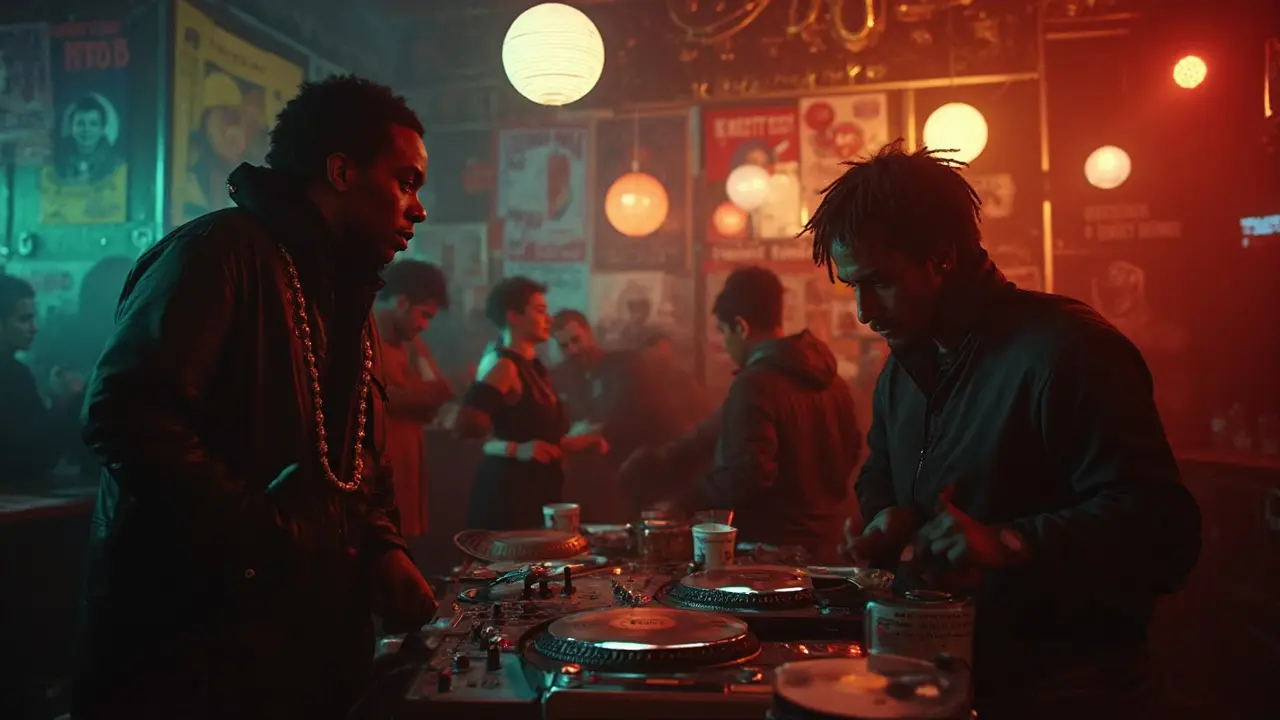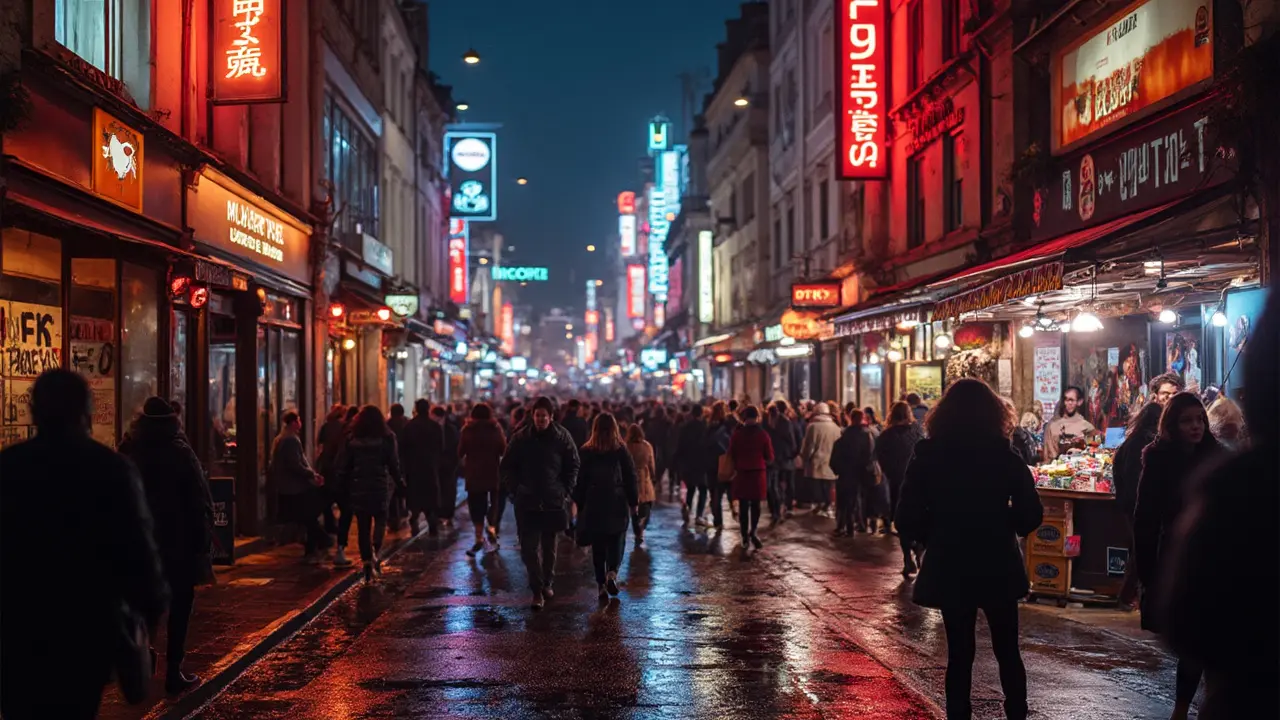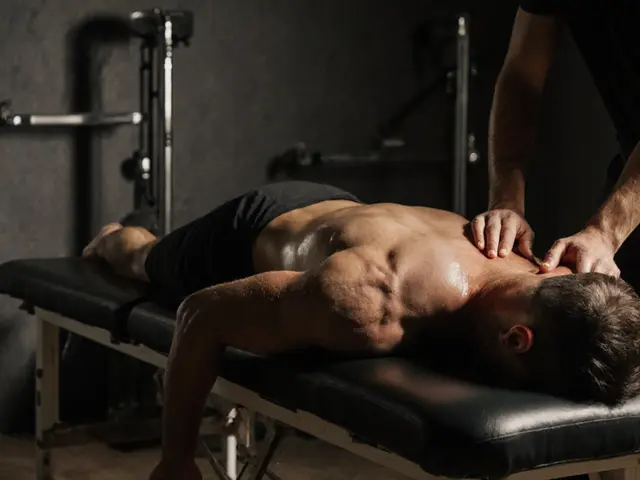You’ll spot the heartbeat of London after dark. Nightlife events don’t just clutter your calendar—they make the city tick in ways most folks miss. From Camden Market’s gig venues to hidden bars in Shoreditch, every late-night gathering helps define what London stands for.
Look closer at places like Fabric in Farringdon or the legendary Ministry of Sound near Elephant and Castle. These aren’t just spots for a boozy Saturday. They’re playgrounds for up-and-coming musicians, trendsetters, and everyday Londoners looking for more than just a pint. Even the classic pub quiz or themed drag night tells a story about who lives in this city and what they care about.
If you want to tap into the real culture behind London’s nightlife, ditch the tourist traps and check local listings for grassroots events—like Queer Bruk’s Caribbean dance parties or Sofar Sounds’ pop-up gigs in random city corners. These aren’t just fun nights out. They’re spaces where locals connect, swap ideas, and keep London’s creative soul alive.
Before you pick your next event, ask yourself: What’s unique about that place? Is it run by locals? Supporting women DJs or queer collectives? Those choices ripple out—shaping not just your night, but the city’s future.
- Nightlife as London’s Cultural Engine
- How Events Shape Music and Trends
- Boosting Local Business and Community
- Nightlife’s Impact on Urban Life
Nightlife as London’s Cultural Engine
Think of London nightlife as the starting line for fresh ideas and cultural shifts. It’s more than clubbing; it pushes the city’s identity forward. About 1.6 million people head out to enjoy bars, gigs, and social events every weekend in London. That’s a massive chunk of the city working, making friends, and shaping trends way after the last office lights go out.
Places like Jazz Cafe in Camden and Ronnie Scott’s in Soho have launched musical legends, from Amy Winehouse’s early gigs to Ed Sheeran’s surprise shows. London Pride’s late-night afterparties aren’t just wild—they pull in visitors from across Europe, boosting inclusivity while putting London’s open-minded culture on the map.
Here’s what really drives the engine:
- Innovation: Club nights introduce up-and-coming music styles, art installations, and even food pop-ups. For example, Printworks’ immersive raves mix digital art with live performances, giving the city something fresh every time.
- Connection: Regulars at drag brunches or open-mic nights know it’s not just the acts that matter. It’s those chance meetings and new friendships that grow London’s creative communities from the ground up.
- Representation: Events like The Cocoa Butter Club or Pxssy Palace create stages for Black and queer artists, giving space to voices sometimes overlooked in big mainstream spots.
Nightlife also means big business, and not just for venue owners. See the table for some hard numbers:
| Sector | London Night-time Economy Value (2024) |
|---|---|
| Hospitality (bars, pubs, clubs) | £3.5 billion |
| Music and Live Events | £700 million |
| Jobs Supported | 300,000+ |
London’s late-night events help keep the city visible on the global stage. For locals, though, it’s personal: every night out is a chance to shape London’s future, one gig, conversation, or after-party slice of pizza at a time.
How Events Shape Music and Trends
London nightlife is the launchpad for music and trends that echo way beyond club doors. Just look at the city’s history—grime was born in sweaty rooms in Bow, not polished studios. Pirate radio and underground raves in places like Hackney Wick made careers out of thin air. Those DIY nights are still going strong, helping new sounds push through when the charts get stale.
It’s not just about who’s behind the decks—what happens in these venues literally sets the vibe for what’s cool. When you walk into Fabric or Village Underground, you hear tomorrow’s music today. Artists like Stormzy and Little Simz played tiny rooms before they blew up. Even now, promoters hunt for the next big genre—afroswing, drill, hyperpop—all have a home in some London basement before they end up on mainstream radio.
If you want to spot what’s catching fire, pay attention to what keeps popping up at club residencies and festival afterparties. Does the crowd show up early for a specific DJ collective? Are people dressing a certain way at Boomtown warm-up parties or Notting Hill Carnival afters? London events are where streetwear brands test new drops and where TikTok dances go viral before anyone else clocks them.
“London nightlife has always been about what’s next, not what’s now. If you want to know what’s coming in music or style, spend time in the clubs—not just scrolling online,” says Robyn Simpson, editor at Time Out London.
And there’s proof that these nights matter. According to 2024 stats from the Night Time Industries Association, 73% of Londoners say their music taste and fashion sense get shaped by nights out, not by online trends or advertising. Here’s a quick look:
| Influence Source | Percentage (%) |
|---|---|
| Nightlife events | 73 |
| Social media | 14 |
| Advertising | 6 |
| Friends & family | 7 |
You don’t need to be a die-hard raver to keep up, either. Check listings from Resident Advisor and local collectives—some of the London nightlife highlights are all-ages warehouse pop-ups or even daytime sessions. If you’re tired of streaming the same stuff, try walking into a random basement gig or a vinyl night at The Cause. Loads of trends start right there, often before they even make it to Instagram.

Boosting Local Business and Community
When people talk about London nightlife, there’s a ripple effect that reaches far past the dancefloor. Local shops, corner cafes, fast-food joints, and even late-night bus drivers benefit from crowds heading to gigs, clubs, or rooftop bars. Trust the numbers: according to the Night Time Industries Association, the sector supports over 723,000 jobs and pulls in around £66 billion for the UK every year—and a huge chunk of that is right here in London.
Ever noticed how restaurants in Soho, food stalls in Brixton Village, or even the humble kebab shops around Camden Town buzz after dark? These businesses count on the evening crowd, especially when events like Notting Hill Carnival or Pride parade draw in thousands. During the annual London Cocktail Week, dozens of independent bars report a 30-40% spike in sales, proving how nightlife can prop up local trade when done right.
Here’s a look at how nightlife supports the local ecosystem:
- Foot traffic: Late-night events pull crowds into areas that might otherwise empty out after 6pm, spreading the wealth beyond the city centre.
- Jobs for locals: From security staff in Clapham clubs to sound engineers at Hackney venues, nightlife creates real jobs.
- Community projects: Some venues like Grow in Hackney Wick partner with local artists and food pop-ups, reinvesting their profits back into neighbourhood projects.
London’s City Hall caught on to this and in 2016 started appointing a "Night Czar." Amy Lamé, the current Night Czar, says,
"Nightlife is the beating heart of London’s economy, and keeping it thriving means supporting everyone from bar staff to taxi drivers."
Want an idea of which boroughs clean up after dark? Check out this quick table using 2024 data from the Office for National Statistics:
| Borough | Nightlife Jobs | Estimated Revenue (£ millions) |
|---|---|---|
| Westminster | 84,000 | 2,120 |
| Camden | 49,000 | 1,010 |
| Hackney | 32,000 | 755 |
| Southwark | 28,000 | 600 |
If you want to give back to your own patch, try hitting up events run by local collectives. Buy your drinks at the bar, drop a tip for the cloakroom, and use a local cab firm for the trek home. Those small choices go a long way to keeping London’s business scene and communities alive and strong.
Nightlife’s Impact on Urban Life
People love to say London never sleeps—and that late-night buzz does way more than keep bars busy. Nightlife changes how the city works, from transport to city planning. If you’ve ever caught a 2am Tube ride, you’re seeing how the city adapts for life after dark. The Night Tube, running on main lines like the Central and Victoria, launched in 2016 because demand from night workers, partygoers, and shift staff was just that high.
Nightlife also affects how safe people feel. Local councils like Hackney have extra street lighting and more visible police on weekends for exactly this reason. It’s not perfect, but it shows that when venues thrive, so does public investment in safety. Hackney and Soho both have marshals near busy venues and apps like WalkSafe, showing how locals push for safer nights out.
Noise is another big one. Popular spots like Brixton and Dalston have seen locals and club owners hash out ways to keep residents happy while not choking out the fun. Soundproofing grants and late license rules are the norm in these areas, helping venues run without turning neighbours into enemies.
| Area | Licensed Night Venues (2024) | % Change (since 2018) |
|---|---|---|
| Soho | 113 | -12% |
| Dalston | 52 | +8% |
| Brixton | 47 | +3% |
Nightlife helps London’s economy too. According to the Night Time Industries Association, the UK night-time economy supported over 425,000 jobs in 2023, with London pulling a big share of that. Every gig, rave, or comedy night means work for bartenders, event staff, taxi drivers, and even local food stands. If you spend a tenner on entry, odds are it flows right back into your own neighbourhood.
Here’s what you can do to keep the good things rolling:
- Take the Night Tube or share licensed cabs so streets stay safer
- Support venues with strong noise management and local ownership
- Grab food from late-night vendors—they’re keeping local culture alive
- Use apps or chat groups for safer routes home
London nightlife isn’t just about fun—it’s changing how people move, work, and even how safe folks feel after dark.





